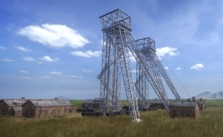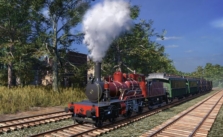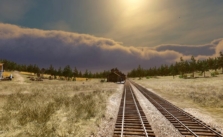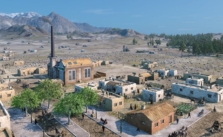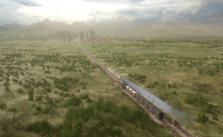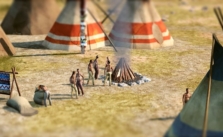Railway Empire 2: How to Optimize Train Lines
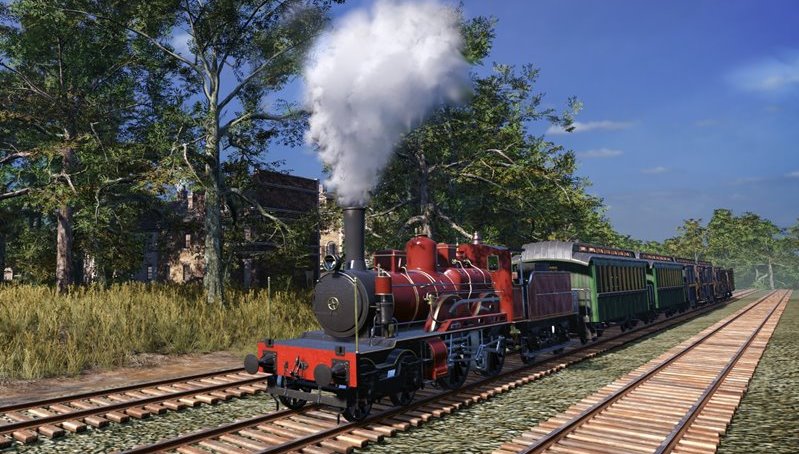
Railway Empire 2 offers players an exciting foray into the world of railway networks, with a focus on optimization and economic strategy. Success in the game requires a deep understanding of the factors influencing performance and profit. This guide will explore various aspects of optimizing train lines to help you build a successful railway empire.
Types of Trains
In Railway Empire 2, you primarily work with two types of trains: Freight trains and Express trains.
Freight trains are slower, but their speed doesn’t significantly impact the revenue earned from the goods they transport. They’re great for moving large quantities of goods over long distances.
On the other hand, Express trains earn higher revenues based on their speed, particularly when transporting ‘express goods’ such as passengers and mail. Speed is a crucial factor for these trains, and optimizing their routes for minimal stoppage and maximum speed is essential.
Mixed-use locomotives provide medium speed and tractive power. For train lines primarily used for transporting express goods, it’s advisable to select an express locomotive to reduce travel time and subsequently increase revenue. However, if you’re transporting freight over large gradients, a freight locomotive may be a better choice due to its higher tractive power.
Red Light Optimization
Red Light Optimization is a strategy aimed at minimizing train stops, ensuring that they move as quickly as possible. The faster the trains can move, the higher the potential revenue. This strategy is particularly essential for Express trains, as the quicker they transport passengers and mail, the greater the ticket revenue. Avoid congested routes, install sufficient parallel tracks to prevent waiting, and use signals wisely to keep your trains moving.
Loading Types
By default, your train lines are set to Automatic Loading, where they autonomously select from suitable goods at each station. However, there’s an option to adjust this to Express, Freight, or Manual. Consider changing this setting based on your train type and the goods you primarily transport to optimize your train lines.
Using Special Wagons
Special wagons provide added benefits. The following are examples of special wagons:
Dining Car: Increases passenger revenue by 20%.
Service Car: Increases all train line employees’ efficiency by 10%.
Refrigerator Car: Boosts revenue from transporting food by 20%.
Mail Car: Raises mail revenue by 20%.
While these special wagons reduce the total number of wagons a train can pull, with a maximum limit of eight, they can still provide valuable benefits for specific train lines.
Setting the Minimum Load
To reduce fuel and maintenance costs, it’s beneficial to run trains as close to their capacity as possible. You can set a minimum number of wagons a train must have before it can leave a station. While waiting may lead to personnel costs, the savings in fuel and maintenance could outweigh these. Typically, a train is profitable only when it is loaded with an average of 4 wagons, but this can vary based on distance.
Research and Development
Investing in Research and Development unlocks technologies that can significantly enhance your operations. From higher ticket prices and happier passengers to more advanced locomotives, the benefits are vast. Always compare the speed, tractive power, and suitability of various locomotives before selecting them for your rail line.


